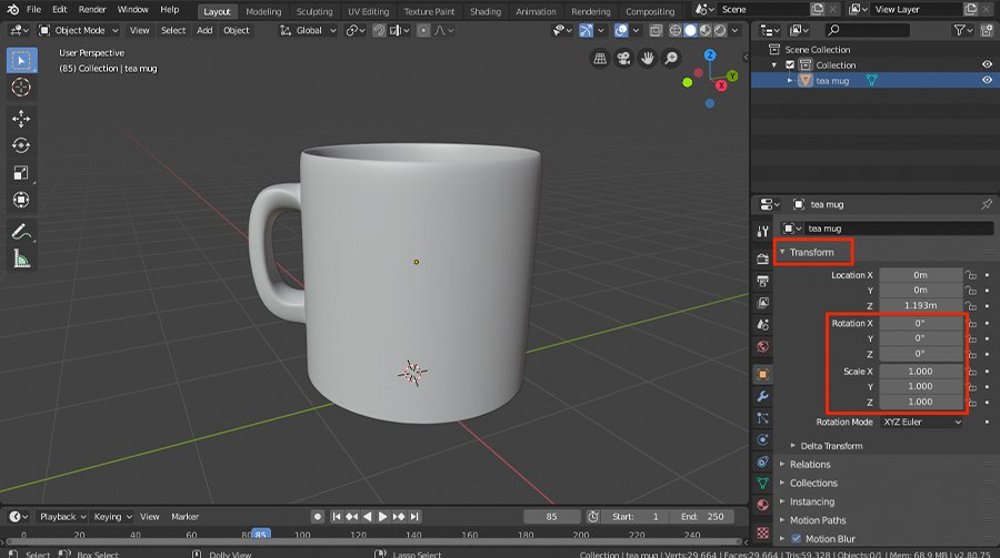

Exported generic files are often smaller than the proprietary equivalent.Instead of importing the whole model into Unity, you can import only the parts of the model you need.Refer to your 3D modeling software documentation for information about exporting 3D files. Unity can import and use both types of files, and each come with their own advantages and disadvantages. skp files, which both by SketchUp and Unity can read. Proprietary files are generally not directly editable by other software without first being converted and imported. You can only edit proprietary files in the software that created them. blend file formats from 3D Studio Max or Blender, for example. Proprietary 3D or DCC (Digital Content Creation) application files, such as.You can export files from 3D modeling software in generic formats that can be imported and edited by a wide variety of different software. Unity supports importing Meshes from two different types of files: For more information, see documentation on Importing Textures. This enables the Unity Editor to find the Textures and connect them to the generated Materials.

You must store Textures in a folder called Textures, placed inside the Assets folder (next to the exported Mesh) within your Unity Project. For more guidance on how to import from specific 3D packages, see the following pages:

Unity supports importing models from most popular 3D applications. See documentation on Models for more information about import options. Select the file in the Project view and navigate to the Model tab in the Inspector window to configure import options. Copy the 3D model file into the Project’s Assets folder.Drag the 3D model file from your file browser straight into the Unity Project window.There are two ways to import 3D models into Unity:


 0 kommentar(er)
0 kommentar(er)
